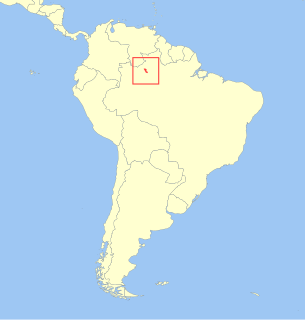 W
WThe Aracá uakari, also known as the Ayres black uakari, is a newly described species of monkey from the northwest Brazilian Amazon. It was found by Jean-Phillipe Boubli of the University of Auckland after following native Yanomamo Indians on their hunts along the Rio Aracá, a northern tributary of the Rio Negro. It was subsequently described in 2008 together with the more westerly distributed Neblina uakari. Until then, the black-headed uakari was the only species of mainly black uakari that was recognized. Stephen F. Ferrari et al proposed treating the Aracá uakari as a subspecies of the black-headed uakari rather than as a separate species.
 W
WArnhold's mouse lemur or the Montagne d'Ambre mouse lemur is a species of mouse lemur endemic to Madagascar. Its holotype was first collected on 27 November 2005, and was first described in 2008. According to genetic tests, it is genetically distinct from its closest sister taxa, the Sambirano mouse lemur.
 W
WThe grey-faced sengi is a species of elephant shrew that is endemic to the Udzungwa Mountains of south-central Tanzania. The discovery of the species was announced in January 2008; only 15 species of elephant shrew were known until then, and the last discovery was made more than 120 years ago. As the name implies, the species is characterised by a distinctive grey face and a black rump, as well as being larger than the other species of elephant shrews.
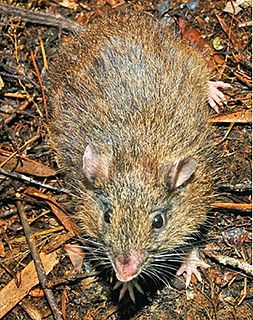 W
WThe Hamiguitan hairy-tailed rat is one of five species of rodent in the genus Batomys. It is in the diverse family Muridae. This species is found only in the Philippines. is a yellow-brown animal with a long furry tail, weighs about 175 grams, and is related to several other species known in Central Mindanao, Dinagat Island and Luzon. It lives only in an area that's at least 950 meters high, and in dwarf mossy forests less than 10 square kilometers.
 W
WHolland's sportive lemur, or the Mananara-Nord sportive lemur, is a sportive lemur that is endemic to Madagascar. It is one of 26 species in the genus Lepilemur. This lemur is found specifically in the Mananara-Nord Biosphere Reserve, but the limits of its habitat have yet to be determined. It lives in primary and secondary rainforests. Holland's sportive lemur was described in 2008.
 W
WThe Karoo rock elephant shrew or Karoo rock sengi is a type of shrew in the genus Elephantulus. Its known habitat is in South Africa.
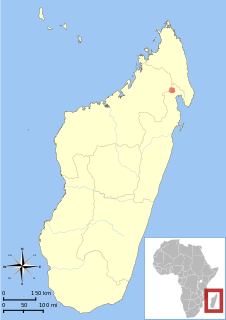 W
WMacArthur's mouse lemur, or the Anjiahely mouse lemur, is a species of mouse lemur known only from Makira Natural Park in northeastern Madagascar.
 W
WMoore's woolly lemur, or the Masoala woolly lemur, is a woolly lemur endemic to Madagascar. It has brown-grey fur and a reddish tail. It is named in honor of the Gordon and Betty Moore Foundation of San Francisco.
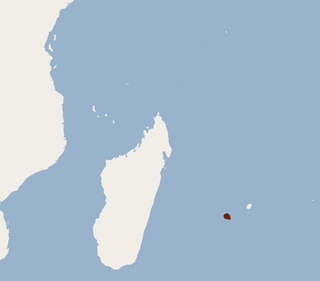 W
WMormopterus francoismoutoui is a species of free-tailed bat that is endemic to the island of Réunion, which is east of Madagascar.
 W
WThe Neblina uakari or black-headed uakari, is a newly described species of monkey from the far northwest Brazilian Amazon and adjacent southern Venezuela. It was found by Jean-Phillipe Boubli of the University of Auckland and described together with the more easterly distributed Aracá uakari in 2008. Until then, the black-headed uakari was the only species of mainly black uakari that was recognized.
 W
WOlrog's four-eyed opossum is a South American species of opossum found in eastern Bolivia, first described in 2008 based on specimens collected in 1974. It inhabits the lowland Amazon rainforest, with an elevation range of 150 to 250 m. The species is named after Swedish-Argentine biologist Claes C. Olrog. It is sympatric with P. opossum, which it resembles. The two species differ in several ways, such as ventral fur color and condition of the zygomatic arch.
 W
WParatriaenops pauliani is a species of bat in the family Hipposideridae. It is endemic to Aldabra Atoll of the western Seychelles, where it was found on Picard Island. It was formerly considered to be part of the species Triaenops furculus, known from Madagascar, and was initially assigned as a new species within the genus Triaenops. Later it as well as T. furculus were placed in the separate genus Paratriaenops. A related species, Paratriaenops auritus, also of Madagascar, was similarly reassigned.
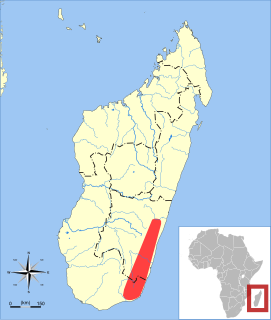 W
WPeterson's long-fingered bat is a bat in the genus Miniopterus which occurs in southeast Madagascar. It was described by Steven M. Goodman et al. in 2008. While M. petersoni is similar to M. sororculus, the two species are not closely related to each other, and possess a number of differing external and cranial characteristics.
 W
WScott's sportive lemur, or the Masoala sportive lemur, is a sportive lemur endemic to Madagascar. This is one of 26 species in the genus Lepilemur. It has greyish brown fur and a black-tipped tail. It is named in honor of the Suzanne and Walter Scott Jr. Foundation.
 W
WThe Selangor silvered langur is a species of leaf monkey found on the west coast of Peninsular Malaysia. It had been previously considered a form of silvery lutung. Roos and colleagues elevated this population to a subspecies level, Trachypithecus cristatus selangorensis, in 2008. It has since come to be regarded by primatologists as a separate species, Trachypithecus selangorensis.
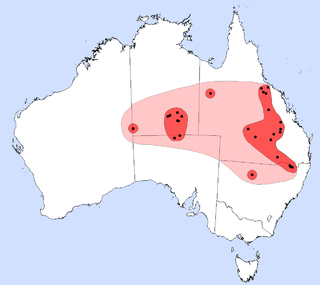 W
WSetirostris eleryi is a species of small insectivorous bat found in inland eastern Australia. It is the sole species of the molossid genus Setirostris, a name that refers to the coarse bristles on their faces. Earlier common names have referred to this unique feature and the 'free-tail' that is a common feature of the microchiropteran family Molossidae; no single common name emerged during taxonomic revisions that identified what was referred to as the 'bristle-faced freetail'.
 W
WThe Siau Island tarsier is a species of tarsier from the tiny volcanic island of Siau.
 W
WThe small white-winged flying fox is a species of megabat in the family Pteropodidae. It is known from Mindoro Island, in the Philippines. Only 13 specimens have ever been found; 1 in 1998 and 12 found in 2006.